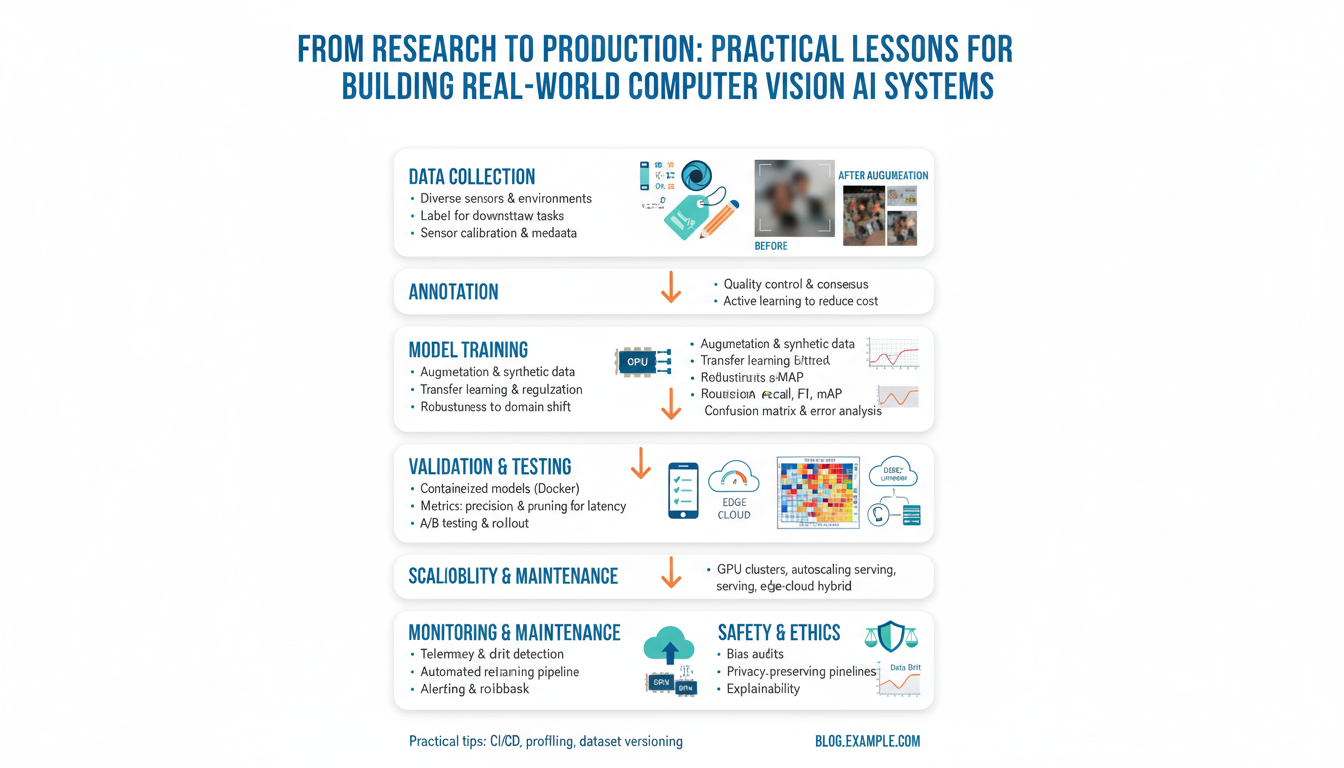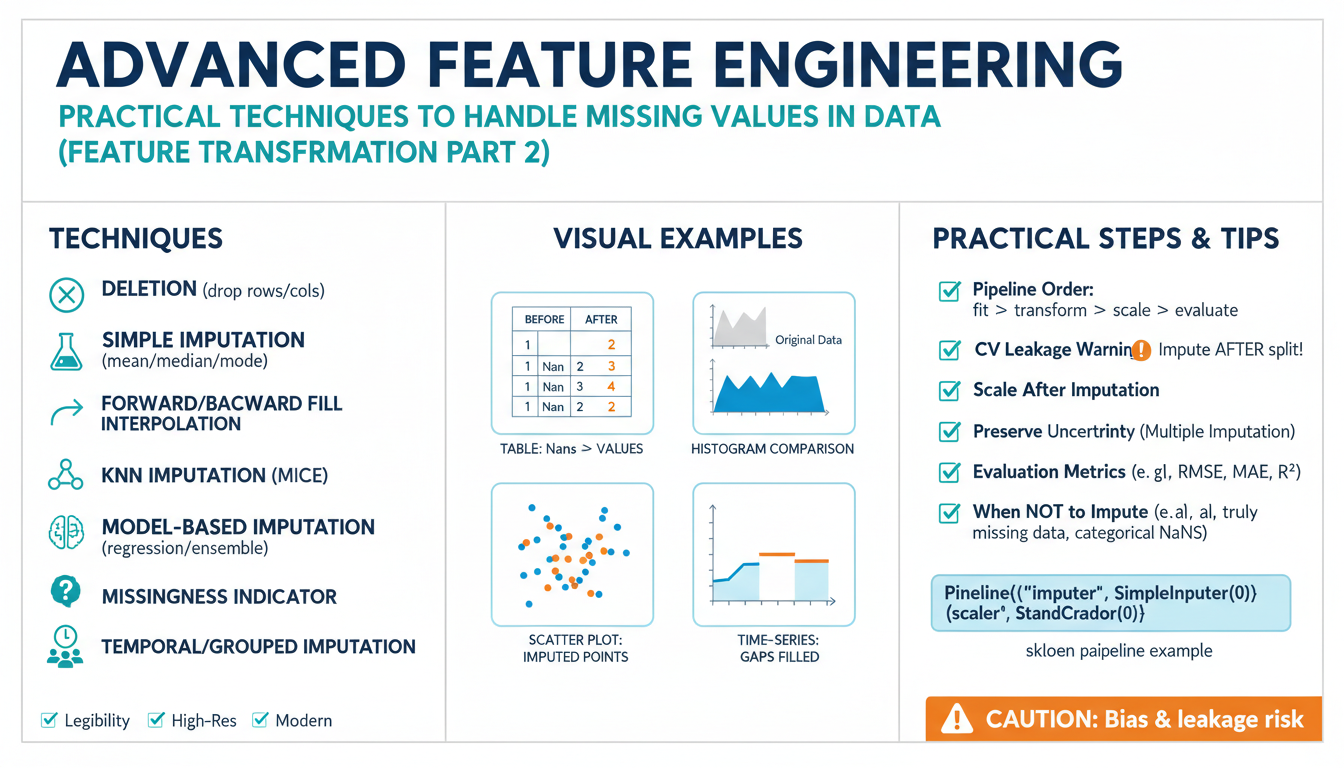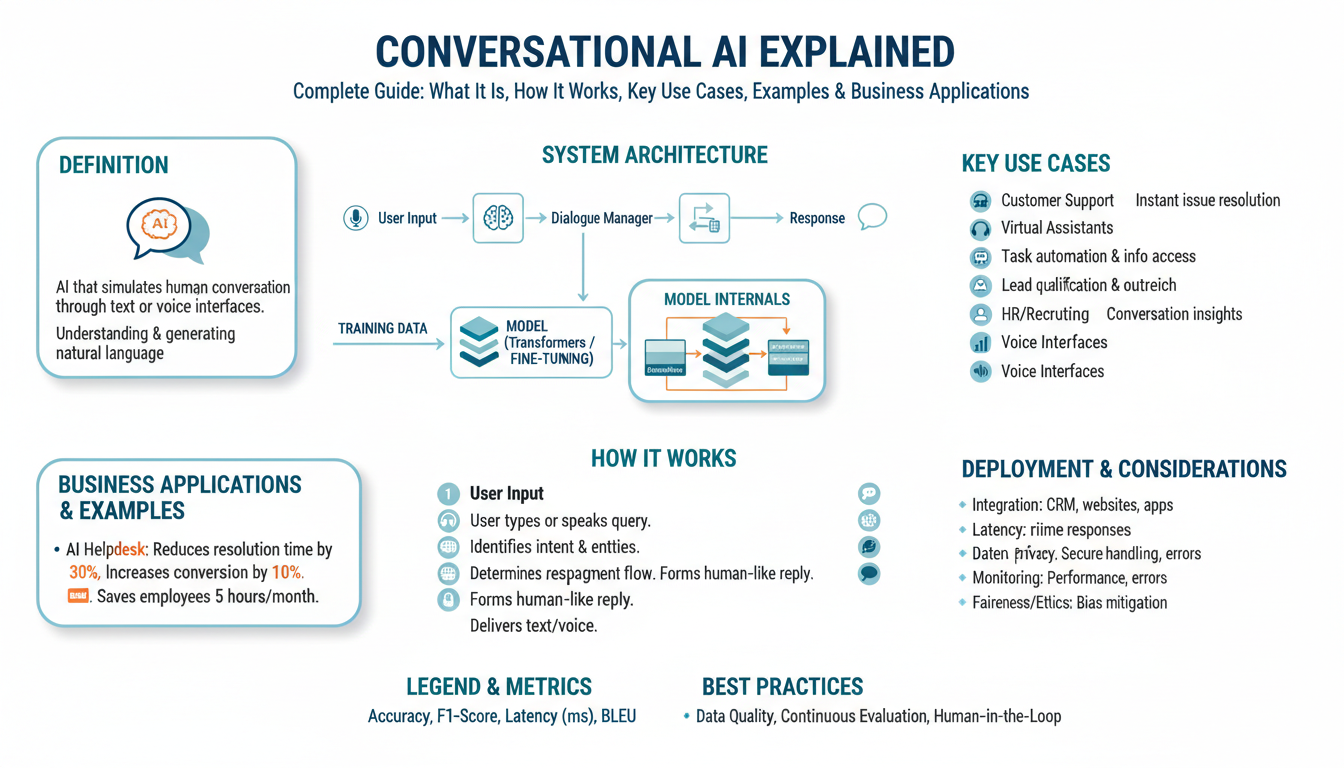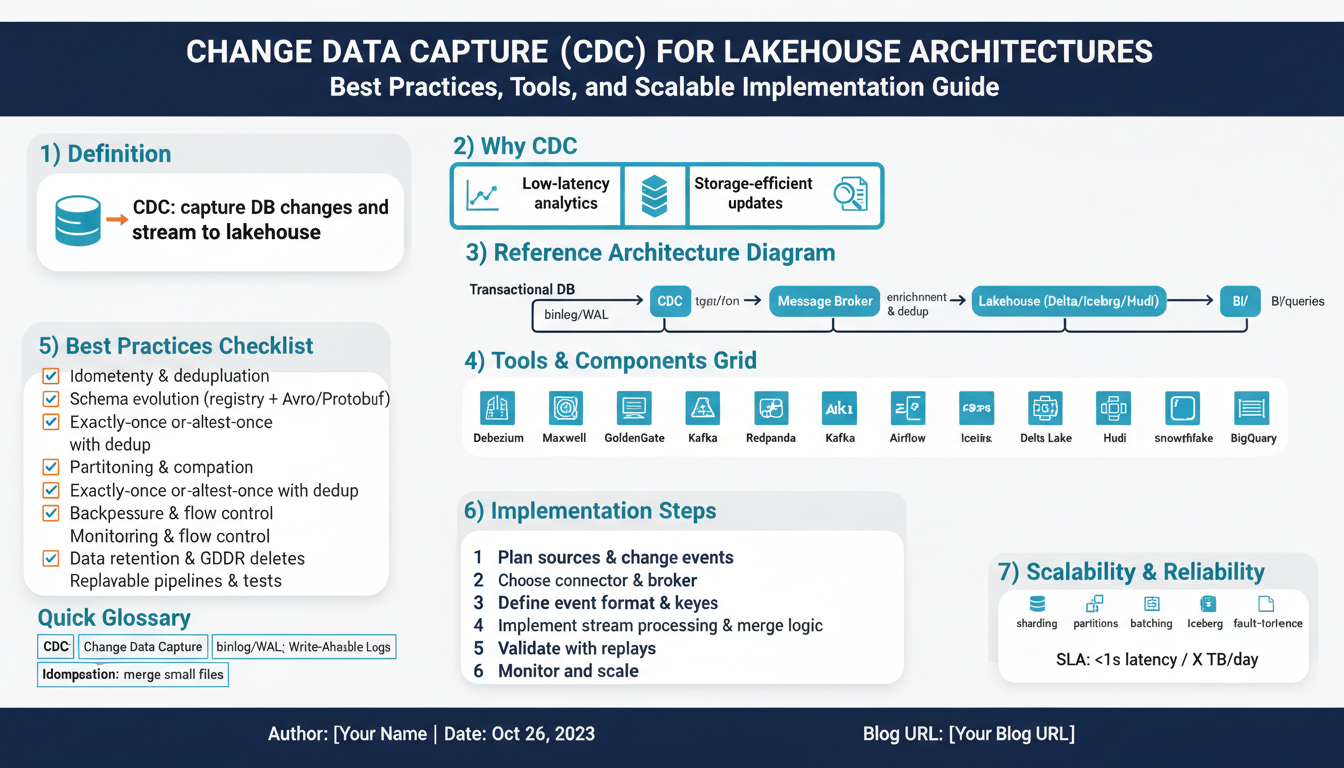What Is Conversational AI and How Does It Work?
Conversational AI harnesses advanced technologies such as natural language processing (NLP), machine learning, and speech recognition to enable machines to interact with humans in a way that closely resembles real-life conversations. At its core, conversational AI powers chatbots and virtual assistants, facilitating seamless communication between businesses and customers.
To understand how conversational AI works, it’s important to break down its foundational components. First, NLP enables the chatbot to understand and interpret user inputs by analyzing language patterns and context. Machine learning algorithms then process this information, learning from previous interactions to improve accuracy and relevance over time. Speech recognition and synthesis allow the system to support both text and voice-based conversations, making it accessible and convenient for users across multiple platforms. You can learn more about the mechanics of NLP from IBM’s NLP overview.
For example, when a customer messages an online retailer’s chatbot with questions about order tracking, the conversational AI first parses the text to understand the user’s intent. It then accesses relevant data—like order histories and shipping statuses—from backend systems, responding with real-time, accurate information. Over time, as more customers interact with the bot, it learns from these dialogues, refining its ability to handle complex queries. This continuous improvement is made possible through ongoing machine learning, which is thoroughly explained in MIT’s machine learning resources.
Furthermore, conversational AI is not limited to customer support. Forward-thinking companies deploy these bots for personalized marketing, automating FAQs, and even guiding users through troubleshooting or purchasing processes. According to Gartner, by 2022, 70% of customer interactions involved some form of emerging technology, including chatbots and virtual assistants, signifying rapid adoption and trust in these innovative solutions.
The ability of conversational AI to deliver instant, relevant, and consistent responses is transforming customer engagement. Instead of waiting for human assistance, users can get immediate help 24/7—boosting satisfaction and loyalty. For businesses looking to stay competitive, understanding and embracing conversational AI is essential. Explore more on how these systems are shaping the future of digital interactions with a comprehensive guide from Deloitte.
The Evolution of Customer Service: From Call Centers to AI Chatbots
Customer service has undergone a radical transformation over the last few decades. In the past, support was largely dependent on traditional call centers, where agents interacted with customers via phone calls. These call centers were often plagued by long wait times, limited availability, and inconsistent service quality. As customer expectations shifted toward instant, 24/7 support, businesses were compelled to seek more agile solutions.
The first step in this evolution was the adoption of email and online ticketing systems. These digital channels gave customers more flexibility, but often sacrificed immediacy and personalization. Customers would still wait hours or days for a response, leading to frustration and disengagement. According to a 2021 report by Gartner, over 60% of customers today expect a response within minutes, not hours.
Live chat tools soon emerged, bridging the gap between traditional and modern support. These platforms allowed customers to communicate with agents in real-time, usually through a website interface. While an improvement, this approach still relied heavily on human agents, limiting scalability and response times during peak periods.
The real game-changer came with the introduction of artificial intelligence (AI) into customer service. AI-powered chatbots mark a significant departure from their rule-based predecessors, which could only respond to limited, predefined queries. Modern conversational AI chatbots leverage advanced natural language processing (NLP) and machine learning to understand context, intent, and even emotional cues, allowing them to offer personalized and intelligent responses. For instance, Google’s Contact Center AI demonstrates how AI can streamline complex customer interactions across multiple industries.
This shift is not just another technological trend—it’s a strategic transformation. Businesses are now using AI chatbots to:
- Offer round-the-clock support: AI chatbots operate 24/7, providing instant assistance even during holidays and after hours.
- Scale effortlessly: Unlike human agents, AI chatbots can manage thousands of conversations simultaneously, ensuring no customer is left waiting.
- Reduce operational costs: By automating routine queries, businesses can allocate human agents to handle more complex issues, optimizing resources and reducing overhead.
- Deliver consistent experiences: AI ensures every customer receives accurate, reliable, and personalized responses, improving satisfaction and loyalty.
Case studies from leaders like IBM Watson and the Harvard Business Review point out that companies adopting conversational AI see significant reductions in resolution times and customer churn. As AI continues to evolve, its ability to anticipate needs and create seamless, human-like interactions positions it as the cornerstone of the future of customer engagement.
Key Benefits of Conversational AI for Businesses
Conversational AI brings a transformative advantage to business-customer interactions, dramatically elevating the efficiency, reach, and personalization companies can offer. Here are the most significant benefits businesses derive from leveraging conversational AI:
1. Enhanced Customer Support Availability
One of the most celebrated advantages of conversational AI is its ability to provide 24/7 customer support. Unlike human agents limited by shifts and time zones, AI-powered chatbots are available around the clock, ensuring that customer queries are addressed instantly, no matter when they arise. This persistent availability decreases customer wait times and significantly improves user satisfaction. For example, major brands like Oracle have found that conversational AI reduces response time and improves issue resolution rates compared to traditional support methods.
2. Cost Efficiency and Resource Optimization
By automating routine inquiries and simple transactions, conversational AI allows businesses to redirect human resources toward more complex, high-value tasks. This reduces operational costs while optimizing overall productivity. According to a report from IBM, chatbots can automate up to 80% of standard questions, leading to significant savings and more effective use of human agents for nuanced support scenarios. For instance, e-commerce platforms use AI chatbots to handle tasks like order status inquiries and return policies, freeing up agents to manage escalations and personalized services.
3. Increased Customer Engagement and Personalization
Conversational AI leverages sophisticated algorithms and machine learning to analyze customer behavior, purchase history, and preferences. This enables chatbots not only to answer questions but to provide personalized recommendations and proactive solutions. For example, customers engaging with AI bots on platforms such as Salesforce Einstein receive tailored suggestions, reminders, or product recommendations based on their previous interactions—creating a more engaging, individualized experience. This level of personalization fosters stronger customer loyalty and can drive repeat business.
4. Data Collection and Actionable Insights
Each interaction with an AI chatbot generates valuable data points. Conversational AI solutions can aggregate this data to reveal key trends, pain points, and customer preferences. Armed with these insights, businesses can refine their service offerings, product lines, or marketing approaches to better meet customer needs. Industry experts at Gartner note that actionable analytics gathered from chatbot conversations can drive targeted decision-making across departments. For example, if repeated inquiries about a product highlight a recurring issue, companies can address this proactively in future updates or frequently asked questions.
5. Seamless Multichannel Integration
Modern conversational AI platforms integrate smoothly across multiple communication channels—such as websites, social media, and messaging apps—offering customers a unified experience wherever they are. As demonstrated by industry case studies at Deloitte, businesses deploying chatbots across several platforms witness increased engagement rates and customer satisfaction. An example is a retail brand enabling returns via both Facebook Messenger and their website chatbot, reducing friction and enhancing customer convenience.
By embedding conversational AI into their customer engagement strategies, businesses not only meet current consumer expectations but also future-proof their services in an increasingly digital-first world.
Real-World Use Cases: Chatbots in Different Industries
Conversational AI chatbots have rapidly transformed customer engagement strategies across a multitude of industries. By leveraging advanced natural language processing and machine learning, these AI-driven systems not only respond to queries, but also provide personalized, contextualized, and efficient support 24/7. Let’s explore some of the most compelling real-world use cases where chatbots are making a profound impact.
1. Banking and Financial Services
Financial institutions use AI chatbots to streamline customer interactions, reduce overhead, and enhance service quality. Through intuitive chat interfaces, customers can check their account balances, transfer funds, or receive investment advice without waiting for human agents. Notably, IBM highlights how chatbots in banking are improving customer satisfaction by quickly responding to routine queries and alerting customers about suspicious activity in real time. For instance:
- Round-the-clock account access and transaction notifications.
- Automated customer onboarding by collecting documentation and verifying identity via secure chats.
- Personalized financial guidance based on individual customer data and behavior patterns.
2. Healthcare and Telemedicine
Chatbots are revolutionizing patient interaction by offering instant scheduling, preliminary symptom checks, and post-treatment follow-ups. According to research from the Mayo Clinic, AI chatbots can:
- Guide patients through symptom assessment and recommend next steps, whether that means seeking medical attention or following basic self-care.
- Automate appointment bookings and reminders, reducing administrative burden for healthcare staff.
- Provide mental health support, delivering cognitive behavioral therapy and mood tracking interventions at the patient’s convenience.
3. Retail and E-Commerce
In retail, chatbots deliver tailored product recommendations, manage order statuses, and simplify the purchasing journey. Harvard Business Review reveals that major brands are using conversational AI to:
- Offer 24/7 support for product inquiries and returns, which leads to greater customer satisfaction.
- Upsell or cross-sell based on real-time interaction data and purchase history.
- Facilitate seamless checkout experiences by guiding users through their shopping carts to payment completion.
4. Travel and Hospitality
The travel industry has benefited immensely from conversational AI, enhancing guest experiences from booking to post-stay feedback. For example, chatbots can:
- Assist travelers with flight/hotel bookings, check-in procedures, and last-minute changes.
- Provide language translation and local recommendations for international guests.
- Automate feedback collection and address guest concerns proactively, helping businesses maintain high service standards. Insights from Deloitte show that these features are reshaping how hospitality companies interact with their clientele.
5. Education and E-Learning
Educational institutions utilize AI chatbots to foster interactive learning environments and student support. Bots provide instant answers to frequently asked questions, schedule virtual office hours, and even administer quizzes. As Stanford University researchers suggest, chatbots can:
- Deliver tailored study plans and feedback based on student progress and learning styles.
- Facilitate student engagement in remote and hybrid learning scenarios.
- Automate administrative tasks, allowing educators to focus more on teaching rather than repetitive queries.
As these examples illustrate, AI-powered chatbots are not just handling simple customer queries—they’re reshaping user experiences, offering strategic benefits, and unlocking efficiencies across industries. Adopting conversational AI is quickly becoming a competitive necessity for organizations prioritizing customer-centric innovation.
Personalization and 24/7 Support: Enhancing Customer Experience
Imagine being able to reach a brand any time of day, receive instant responses, and feel like every interaction was crafted just for you. That’s precisely what next-generation conversational AI chatbots are accomplishing for businesses and customers alike. Innovative companies are adopting these tools to drive personalization and ensure around-the-clock, frictionless customer service experiences.
Personalization is at the core of memorable customer engagement. Modern chatbots leverage sophisticated Natural Language Processing (NLP) algorithms to understand nuanced queries, learn user preferences, and respond in ways that mimic human conversation. For example, imagine a customer revisiting an online store. Instead of starting from scratch, the chatbot can reference past purchases and browsing history, offering tailored recommendations — much like an informed employee who remembers your tastes. This degree of interaction not only saves time for the customer but actively increases loyalty and satisfaction.
Further, chatbots use data-driven personalization to anticipate and resolve issues before they even occur. They can send reminders about upcoming appointments, prompt customers about expiring subscriptions, or suggest solutions for commonly encountered problems. Such proactive engagement significantly reduces customer effort and increases the perceived value of the service. According to a study by Gartner, organizations that excel at personalization can boost profits by 15%.
But personalization loses its impact if support is limited to fixed business hours. This is where the 24/7 availability of AI chatbots becomes transformative. Unlike traditional customer service, which is constrained by staff working hours, conversational AI is always active. Whether it’s a shopper from another time zone or someone burning the midnight oil, help is only a message away. This non-stop accessibility not only increases conversion rates — as no opportunity is missed — but also drives customer satisfaction sky-high. Research from Harvard Business Review underscores that rapid response times are a pivotal factor in customers’ brand loyalty and purchasing decisions.
Take the example of an airline chatbot available 24/7: a traveler can get real-time updates about flight delays, book seats, or resolve baggage issues without waiting for a human agent — all outside typical office hours. This flexibility makes the travel experience smoother and less stressful. Another example is financial services, where chatbots like those powered by Microsoft Azure’s Cognitive Services guide users through tasks such as resetting a password or confirming transactions securely, regardless of when they need assistance.
At the intersection of personalization and around-the-clock support, conversational AI chatbots are setting new standards for customer engagement. Businesses looking to stay competitive must harness these capabilities, using both real-time data and AI-driven empathy to create seamless, satisfying experiences for every customer, every time.
Overcoming Challenges: Common Myths and Misconceptions About AI Chatbots
As conversational AI chatbots make their way into mainstream customer service, a wave of myths and misconceptions often clouds their true value and capabilities. Addressing these misunderstandings is crucial to realizing the full potential of AI-driven customer engagement. Here, we dive deep into the most common myths about AI chatbots and set the record straight with facts, examples, and steps to foster a better understanding of their evolving role.
Myth 1: AI Chatbots Are Impersonal and Robotic
One of the prevailing concerns about AI chatbots is that they lack a human touch and provide rigid, impersonal experiences. However, with recent advancements in Natural Language Processing (NLP) and machine learning, chatbots today can understand context, detect customer emotion, and even learn from previous conversations to craft responses that feel surprisingly human. Companies like Google’s Bard and OpenAI’s GPT-4 showcase sophisticated dialogue capabilities.
Example: When a customer expresses frustration, modern chatbots can recognize the sentiment and adjust their tone, offering apologies or escalating the issue seamlessly to a human agent. This capability enhances empathy and customer satisfaction, moving the conversation beyond simple scripted exchanges.
Myth 2: Chatbots Replace Human Agents
Another misconception is that AI chatbots are designed to replace human agents entirely. In reality, the goal is to augment human teams by handling repetitive queries, freeing up agents to focus on more complex, high-value interactions. According to a Harvard Business Review article, organizations implementing AI alongside human support see increased productivity and job satisfaction among employees.
Steps to Achieve Balance:
- Deploy chatbots as the first line of support for FAQs and routine issues.
- Enable seamless transition to human agents when queries require emotional intelligence or creative problem solving.
- Use chatbots to collect relevant data before routing customers to human agents, thus optimizing resolution times.
Myth 3: AI Chatbots Are Only for Big Companies
The idea that only large enterprises can benefit from AI chatbot technology is outdated. Today, scalable and affordable solutions are available for businesses of all sizes. Platforms like Google Dialogflow and Microsoft Azure Bot Services enable even small businesses to create customized chatbots tailored to their unique needs without extensive technical expertise.
Example: A local e-commerce shop can deploy a chatbot to handle order tracking, returns, and product recommendations, enhancing customer experience around the clock without significant investment.
Myth 4: AI Chatbots Compromise Data Privacy
Concerns around data security and privacy are often cited as reasons for hesitancy in adopting chatbots. While privacy is critical, reputable chatbot platforms comply with the latest security standards and privacy regulations, such as GDPR in the EU and CCPA in California.
Best Practices:
- Choose chatbot providers that offer end-to-end encryption and regular security audits.
- Be transparent with customers about data collection and usage.
- Allow customers to opt-out or delete their data upon request, supporting their privacy rights.
Myth 5: Chatbots Are Difficult to Integrate
A final common myth is that integrating chatbots into existing systems is complicated and disruptive. Modern chatbot platforms offer robust APIs and easy integration capabilities with popular CRM tools, e-commerce platforms, and other business software. Industry experts like Forrester forecast hyperautomation, where AI tools will seamlessly integrate across business functions, streamlining operations and enhancing the customer journey.
Steps for Smooth Integration:
- Identify priority use cases, such as customer support or sales inquiries.
- Engage vendors with proven integration track records.
- Test the chatbot with real users and iterate based on feedback to ensure a smooth experience across all channels.
By dispelling these common myths, businesses can confidently embrace conversational AI as a powerful tool for transforming customer engagement—offering personalized, efficient, and secure support that meets the evolving expectations of today’s consumers.



